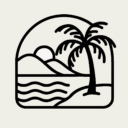Culture
The island of Puerto Rico is beloved by natives and the Puerto Rican diaspora for its distinct culture. Instead of “Puerto Rican”, they often call themselves “Boricua”. Puerto Rico has a heritage of indigenous, Spanish, and African roots that have shaped its culture for many years into what it is today. The official languages are Spanish and English, but Spanish is much more commonly spoken. You can get by in most places with English, especially San Juan, as many Puerto Ricans are bilingual.
Puerto Rico was settled 2,000 to 4,000 years ago by a succession of indigenous peoples, most recently the Taíno. Christopher Columbus arrived in 1493 (only one year after sailing the ocean blue) and Spain quickly colonized the island. European diseases, forced labor, and violence decimated the indigenous Taíno population, and the culture was largely destroyed.
Puerto Rico remained under Spanish rule for 400 years. During this time, an influx of African slaves significantly impacted the island’s cultural and demographic landscape. Today you can still see that African influence in towns like Loíza. By the late 19th century, a unique Puerto Rican identity emerged, blending indigenous, African, and European elements.
In 1898, the United States acquired Puerto Rico following the Spanish-American War. Puerto Rico is heavily influenced by the United States. Whatever a local’s opinion on the States might be, there’s no denying that American culture has permeated the island and its people. In fact, 6 million Puerto Ricans are living in the States and the Island’s population is just 3 million.
Puerto Rican culture was also shaped by the country folk who worked the land and raised animals. Known as Jíbaros, this generation has shaped the cultural identity of the island over many years in areas including agriculture, music, food, and dress. Jíbaro folk music often includes the iconic “cuatro”, a small guitar-like instrument with four strings you might see while visiting. So, is it Caribbean culture, Latin American culture, or American culture? Yes.
Taíno Sites
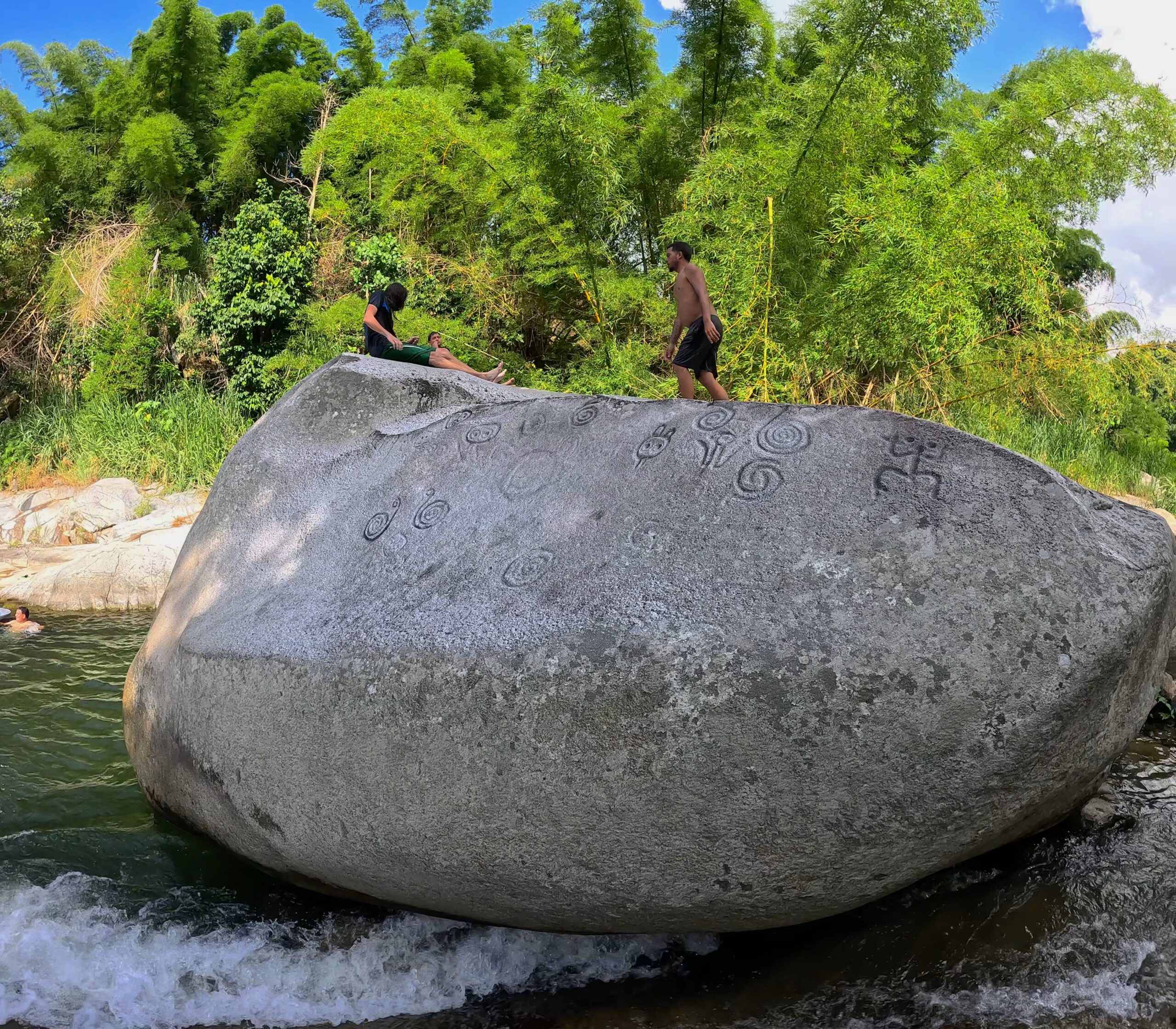
La Piedra Escrita is an incredible location you must visit if you are touring the interior of the island. A large boulder sits beached in the middle of a river in Jayuya. The rock is covered in Taíno petroglyphs. You can jump off, or slide down the boulder into the river. I was surprised to see a large group of local boys sliding down the rock, right over the petroglyphs when I arrived, but I guess that too is part of this location’s history. The river is warm and the surrounding mountains add to the wonder of this very special spot.
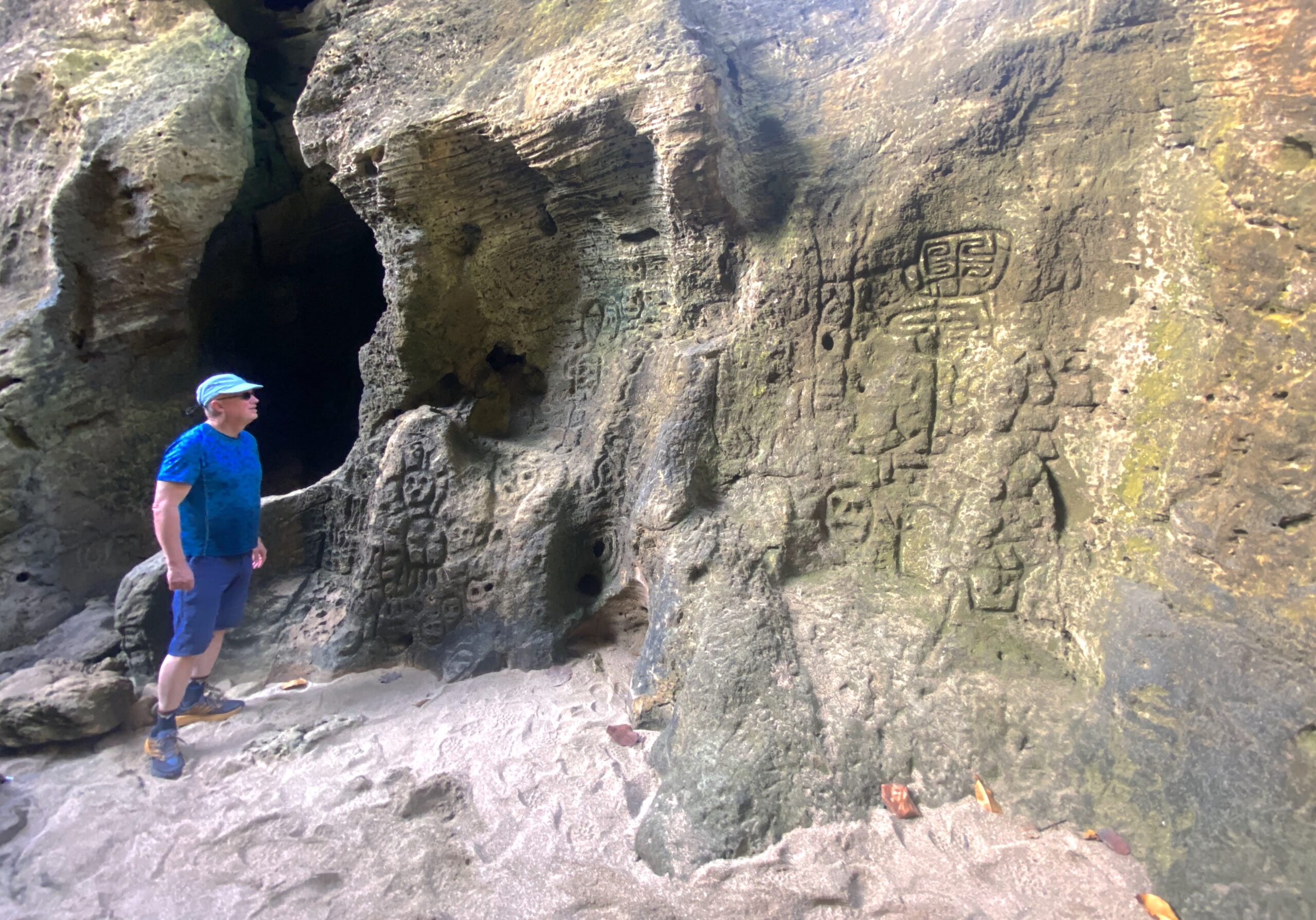
The Cueva del Indio Nature Reserve is the most important Taíno site on the island. The indigenous people who populated the island before the Spanish found it, carved hundreds of markings all over the inside of a rocky cove. To see them face to face isn’t for the faint of heart. Sneak through a small slit in the rock, spiderman-walk the two walls, and hop to a rock dodging a steep fall. If that’s not for you, you can still see markings looking down into the cave, but not nearly so many as when you are down there. I believe there used to be some kind of ladder but that is gone now and can not be replaced due to laws protecting the site.
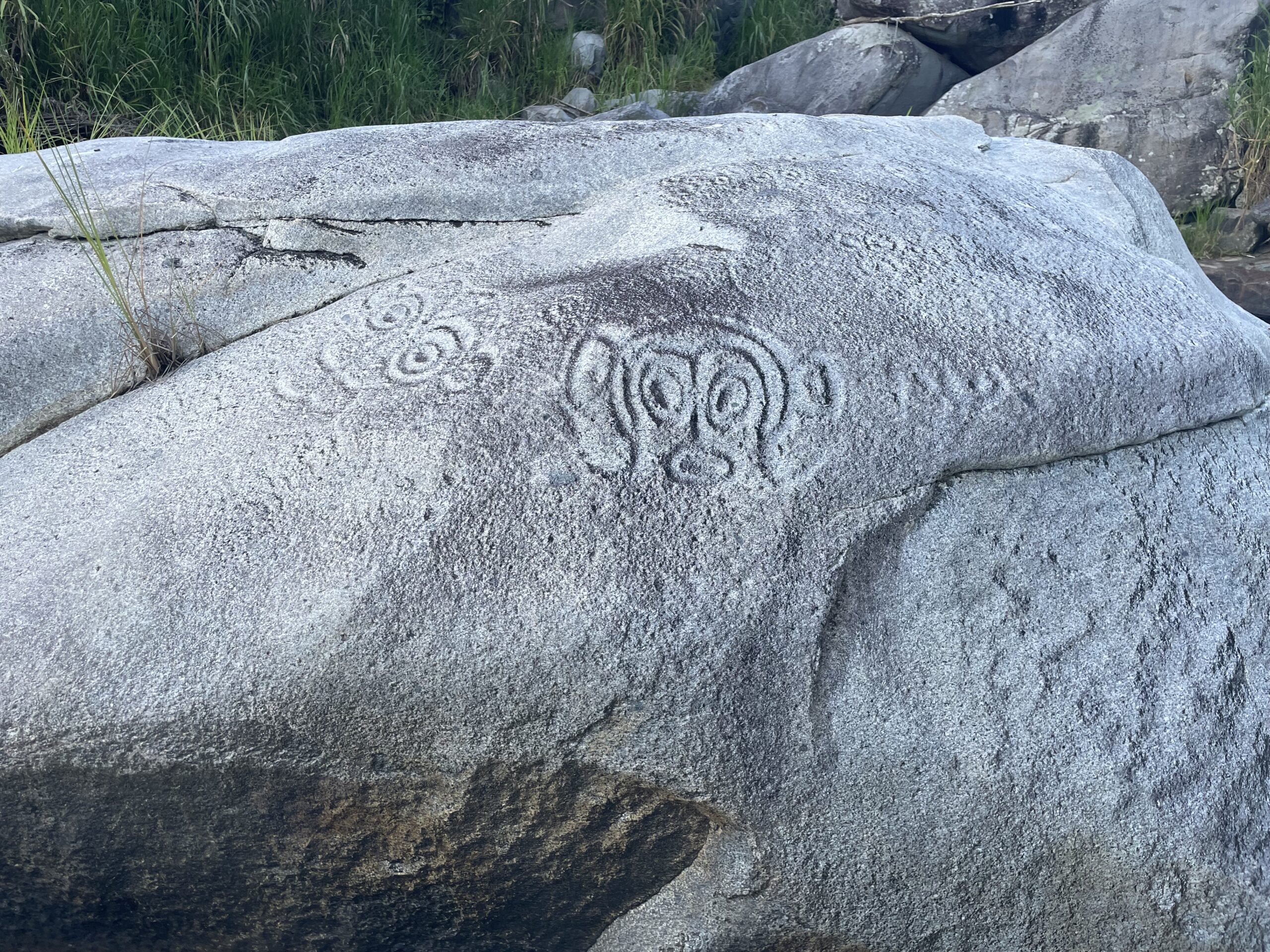
There is more than one set of petroglyphs in San Lorenzo, but this is the best location I know of in the area. These Taíno carvings are very weathered, the two big ones are the most clearly visible. I can see the petroglyphs much better in photos on my iPhone than I can with my own eyes. Walking around the other rock formations I saw a few other petroglyphs but this rock was the epicenter.
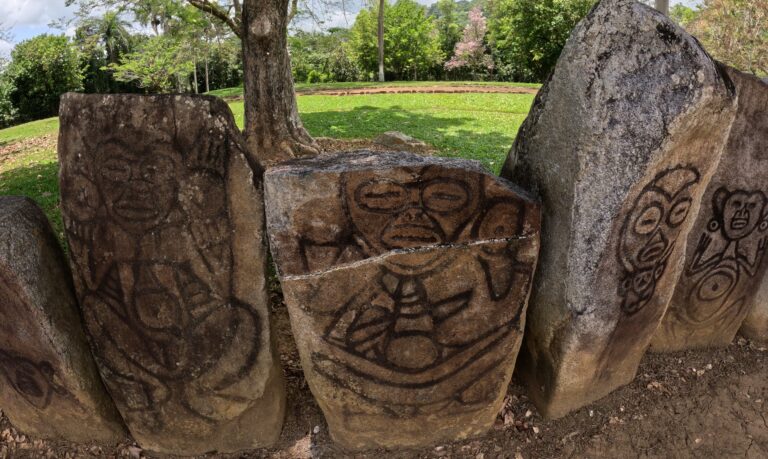
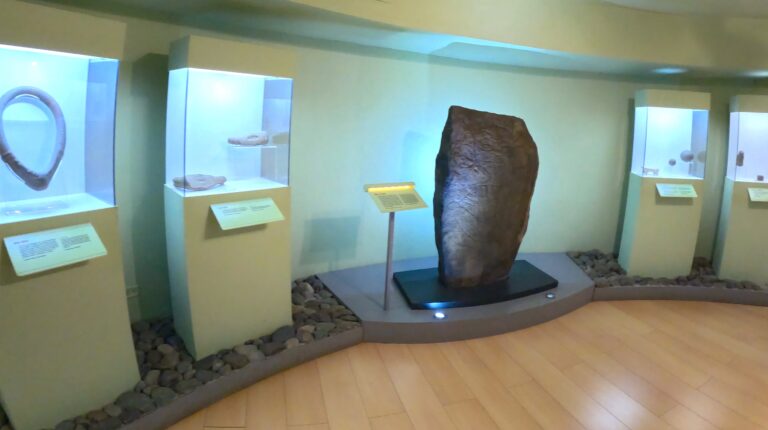
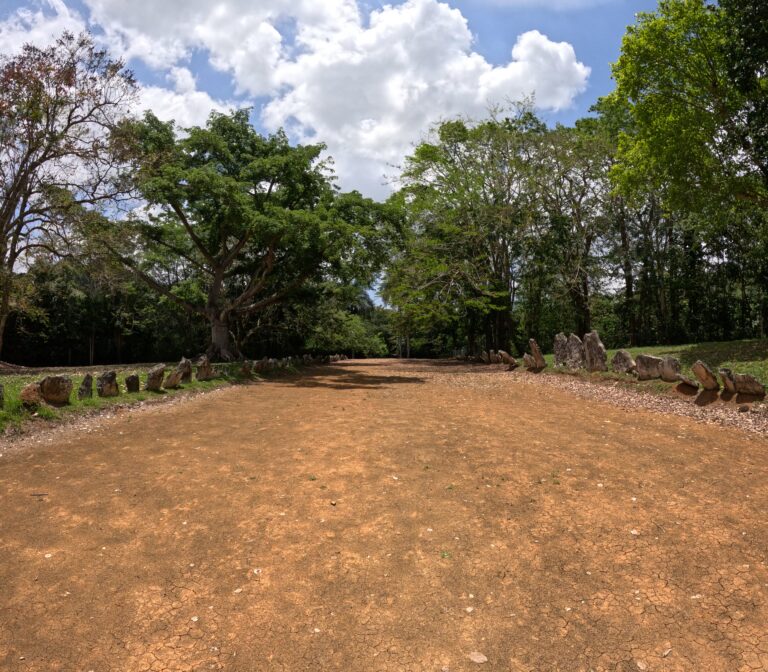
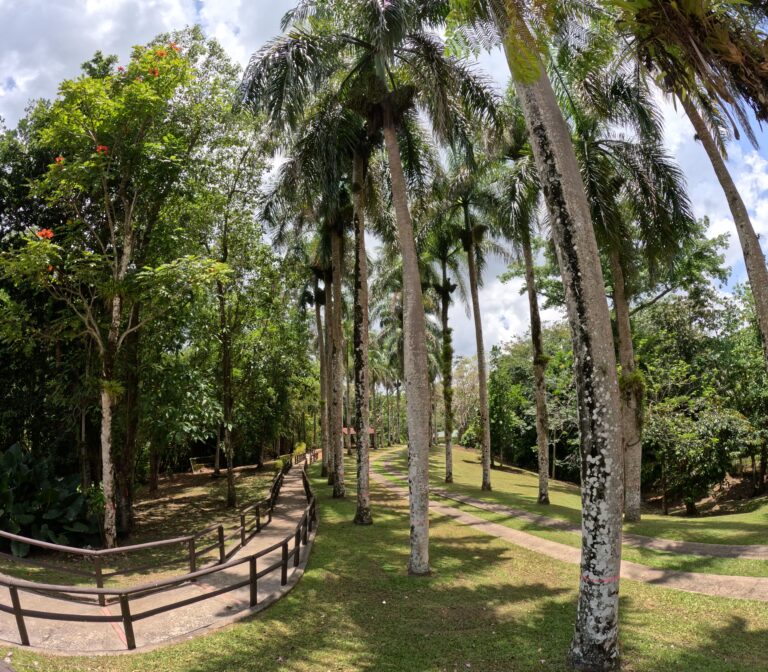
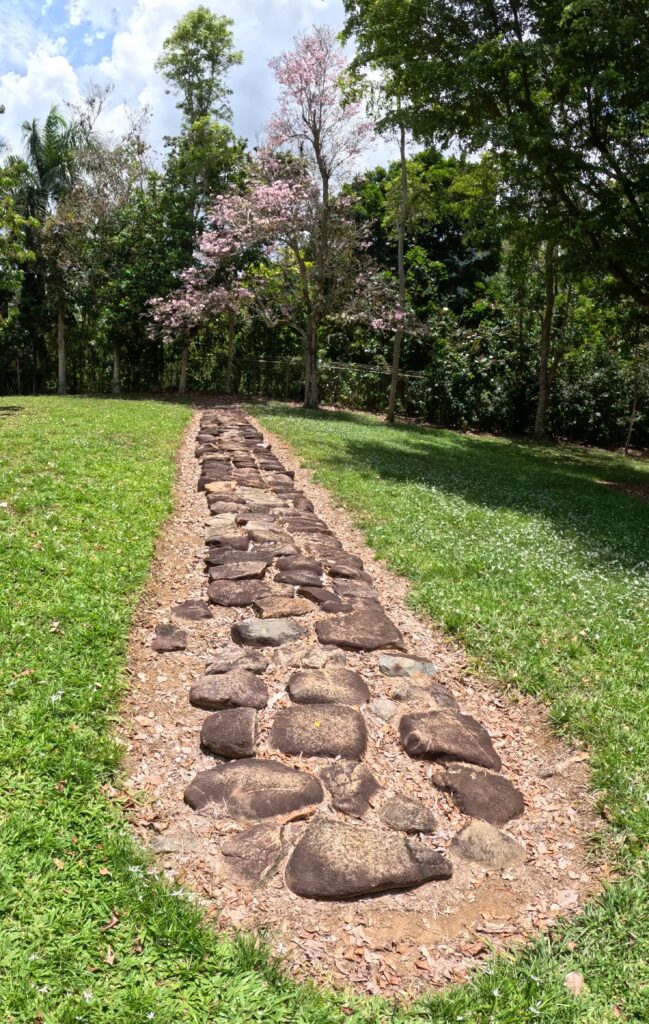
It’s hard to describe this place any better than its long and specific name. In the mountains of Utuado is a well-preserved Taíno site where you can see pottery and stone carvings in a very small, one-room museum. Behind the building is the main attraction: stones placed around a cleared space called “bateys” used by the Taíno for a ball game and spiritual ceremony. On some of the larger stones, you can see carvings of humans and various animals. This is by far the largest Taíno site I have been to.
Spanish Colonial Sites
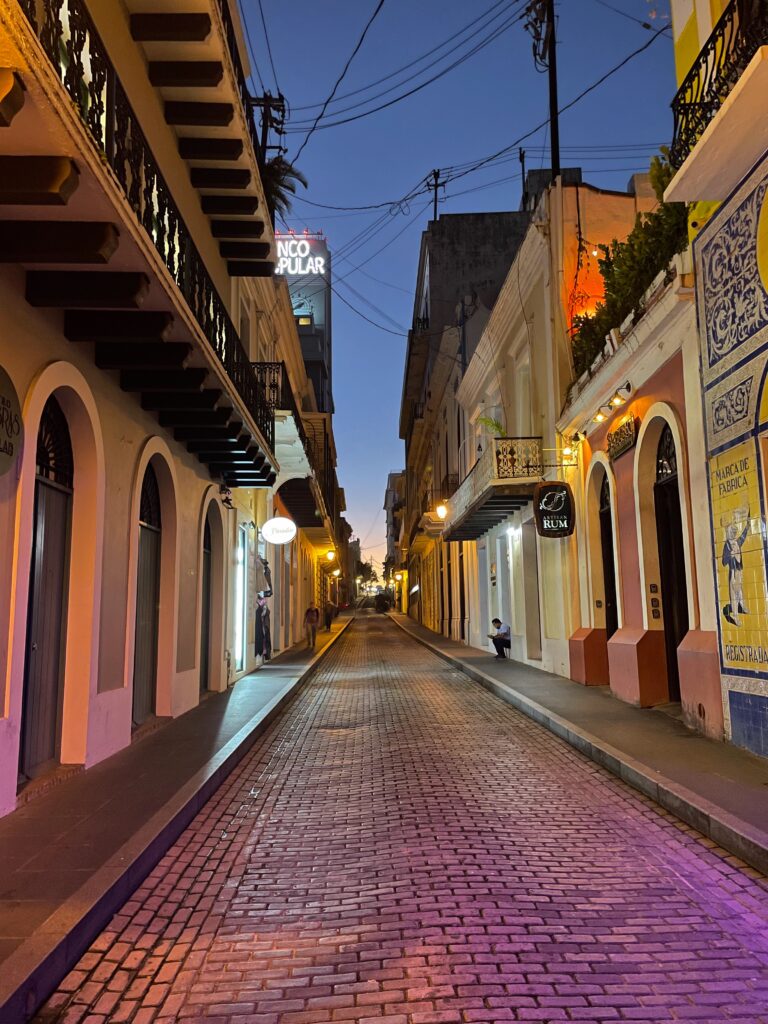
Old San Juan
Walking the blue cobblestone streets to enjoy the colonial architecture of Old San Juan is a must for any visit to Puerto Rico. There are cathedrals, parks, museums, galleries, shops, government buildings, and restaurants to visit. There’s something for everyone here. Calle de la Fortaleza may be the best street for shops. There is more to do during the day, but a walk at night is equally beautiful.
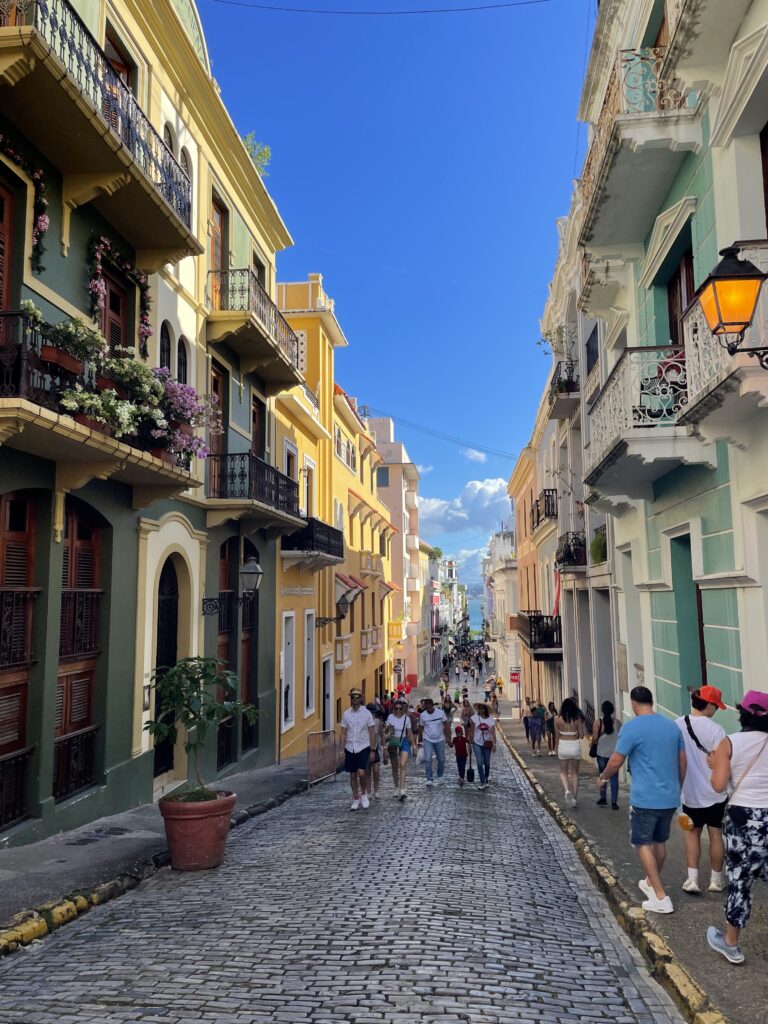
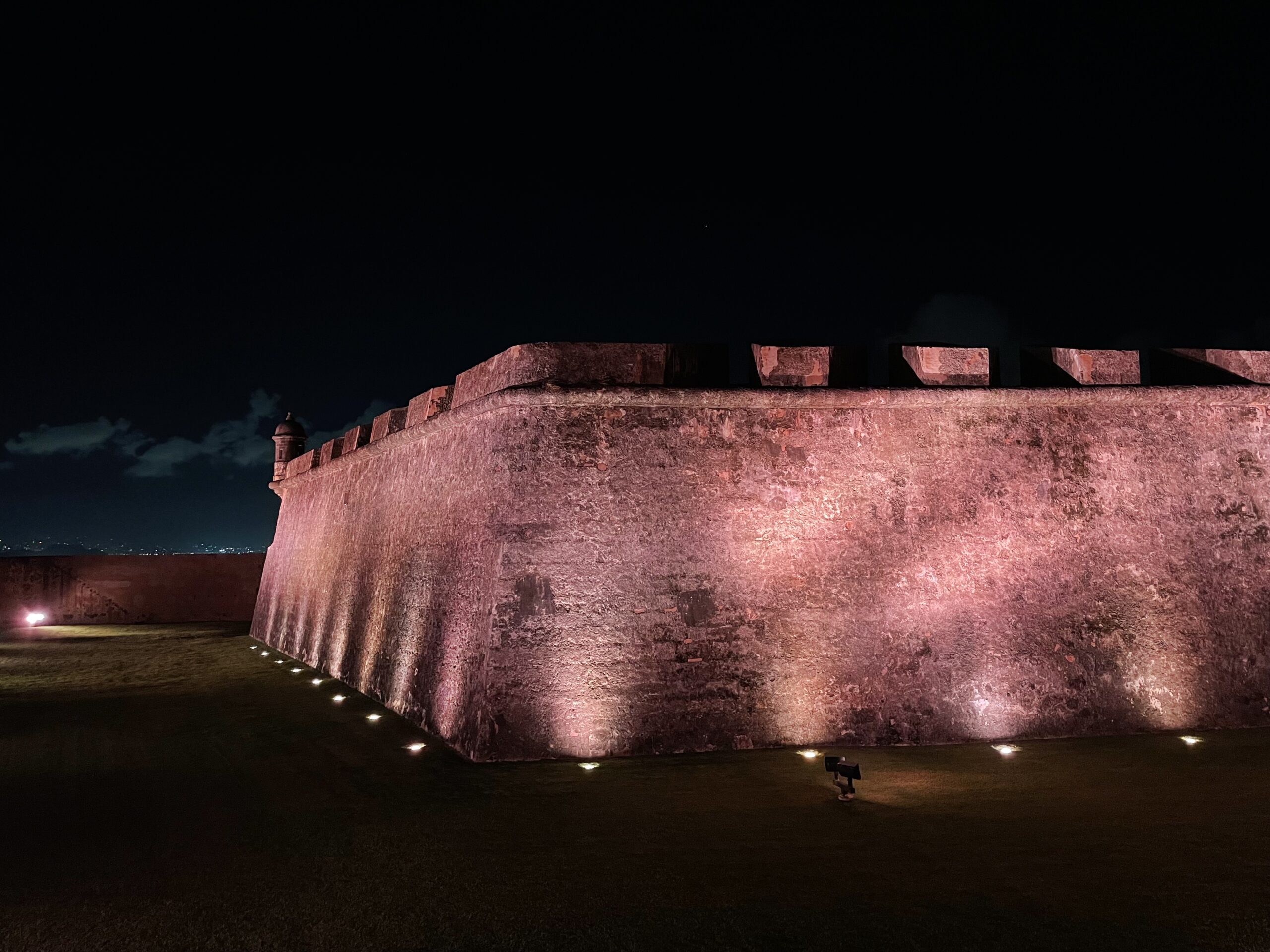
Castillo San Felipe del Morro, also known as El Morro, is a 16th-century fortress located at the entrance of San Juan Bay and the main tourist attraction here. Entrance costs $10 per adult and is free for National Park pass holders. It was built by the Spanish to protect the city from attacks by sea and is now one of the most popular tourist attractions in Puerto Rico. Visitors can explore the fortress’s various rooms full of antiques and information plaques and enjoy stunning views of the ocean and city from the top of the fort. If you visit at night, you won’t be able to enter, but the fort is lit up and is well worth walking around.
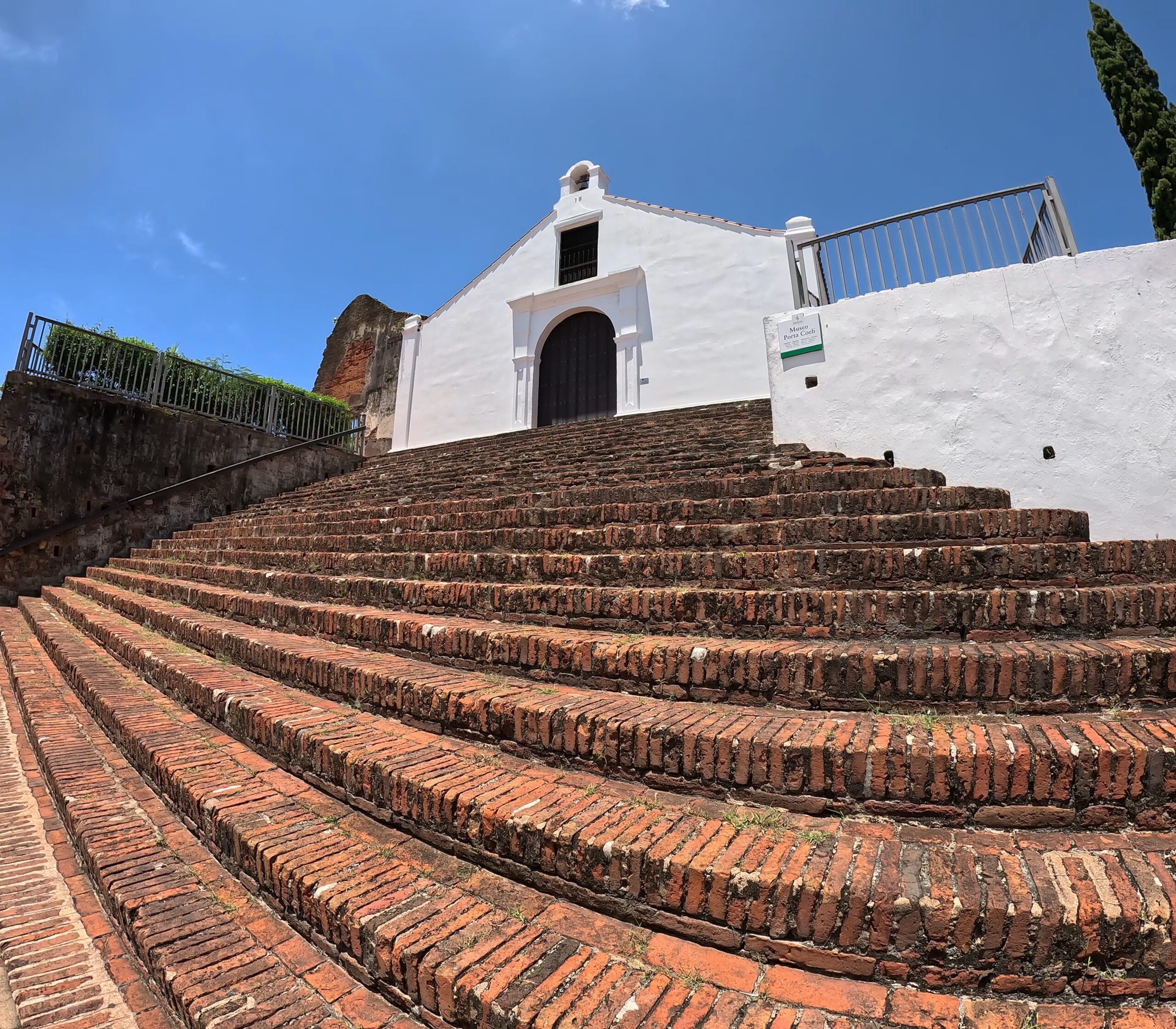
This white-stuccoed church on a hill facing the plaza stands out in San Germán’s historic district. A convent originally built in 1609 was reconstructed in the 18th century and a church was built next to it. Both were more recently restored. The church now houses the Religious Art Museum. The historic district is full of beautiful historic buildings and is worth exploring for a couple of hours.
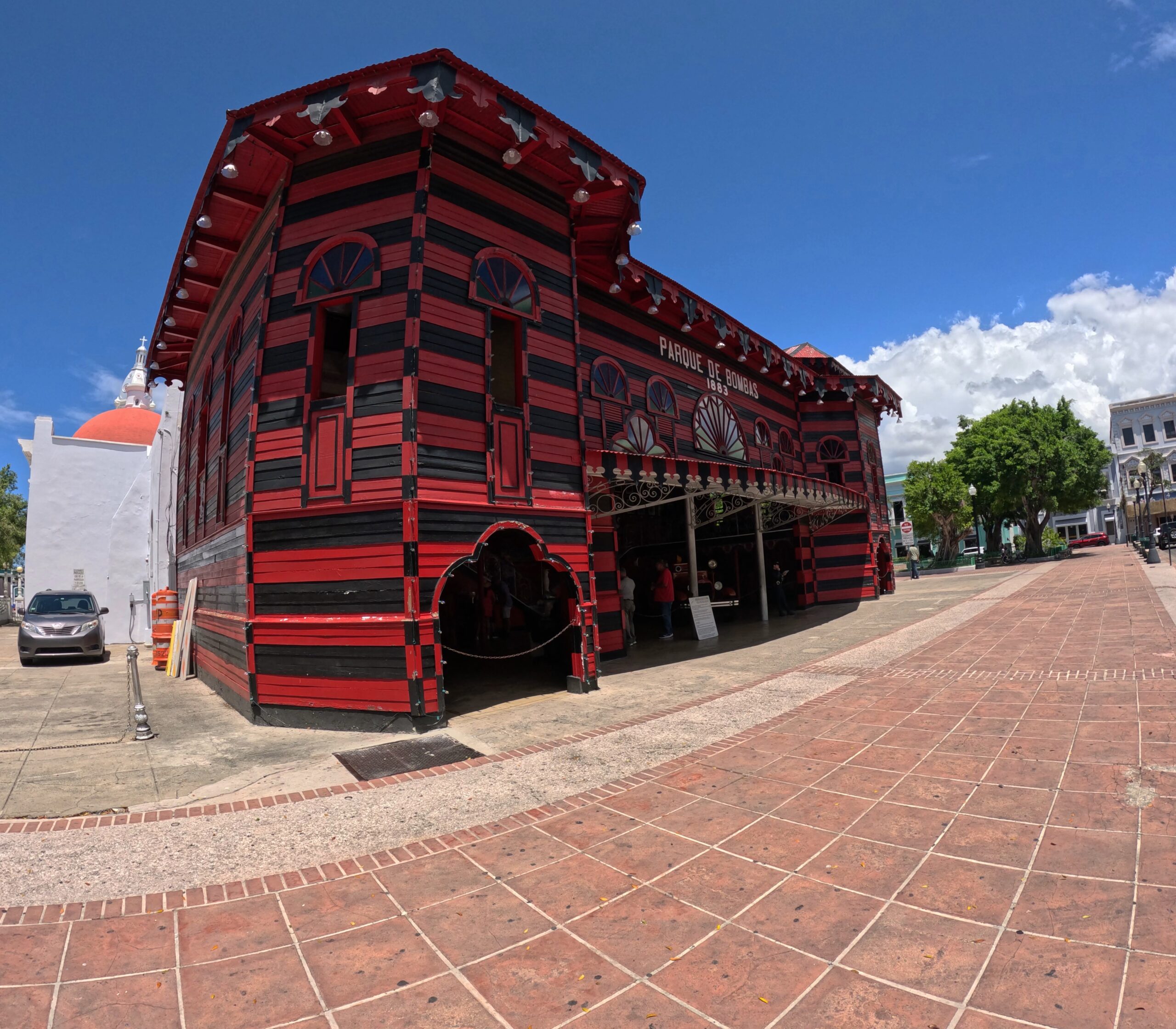
This firehouse was constructed in 1882 and was retired to a museum in 1990. It is easily one of Puerto Rico’s most iconic buildings. Inside, the museum has old cars, equipment, and other artifacts you can see while walking around the building. They sometimes have classical music concerts right in front of the building and I need to go to one.
Museums
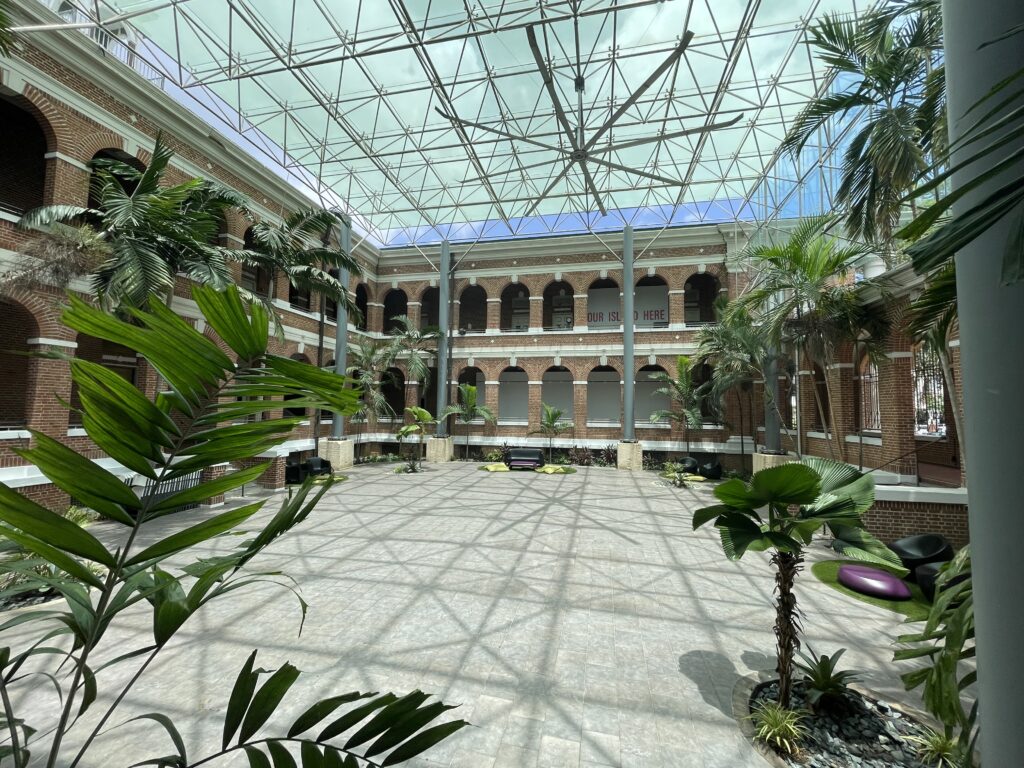
When I visited, this museum only offered video art exhibits in totally dark rooms. The experience is hard to describe. I felt like the guy in A Clockwork Orange, forced to sit in the dark and subjected to video torture/conditioning. My eyes weren’t forced open, but I found it nearly impossible to look away from the pretentious vomit of artistic approximation. I walked like a zombie from room to room, utterly incapable of retreating from the visual assault until I had seen it all. For months I couldn’t look at art without feeling sick, I even took down the paintings in my own house during my recovery. I may be an uncultured bourgeois, so check it out for yourself if you feel so inclined. Beauty is in the eye of the beholder, after all.

For those interested in the history of the Americas, visit the Museo de las Américas (pictured above on the left). The museum houses a collection of artifacts and exhibits that tell the story of the region from pre-Columbian times to the present day. Visitors can see everything from Taíno artifacts to contemporary art from Puerto Rico and beyond.

Museo de Arte de Puerto Rico may be the best museum on the island. It offers important pieces from the likes of Francisco Oller, as well more contemporary art. There’s a lot to see here, my feet were hurting from standing long before I had seen it all.
Miscellaneous
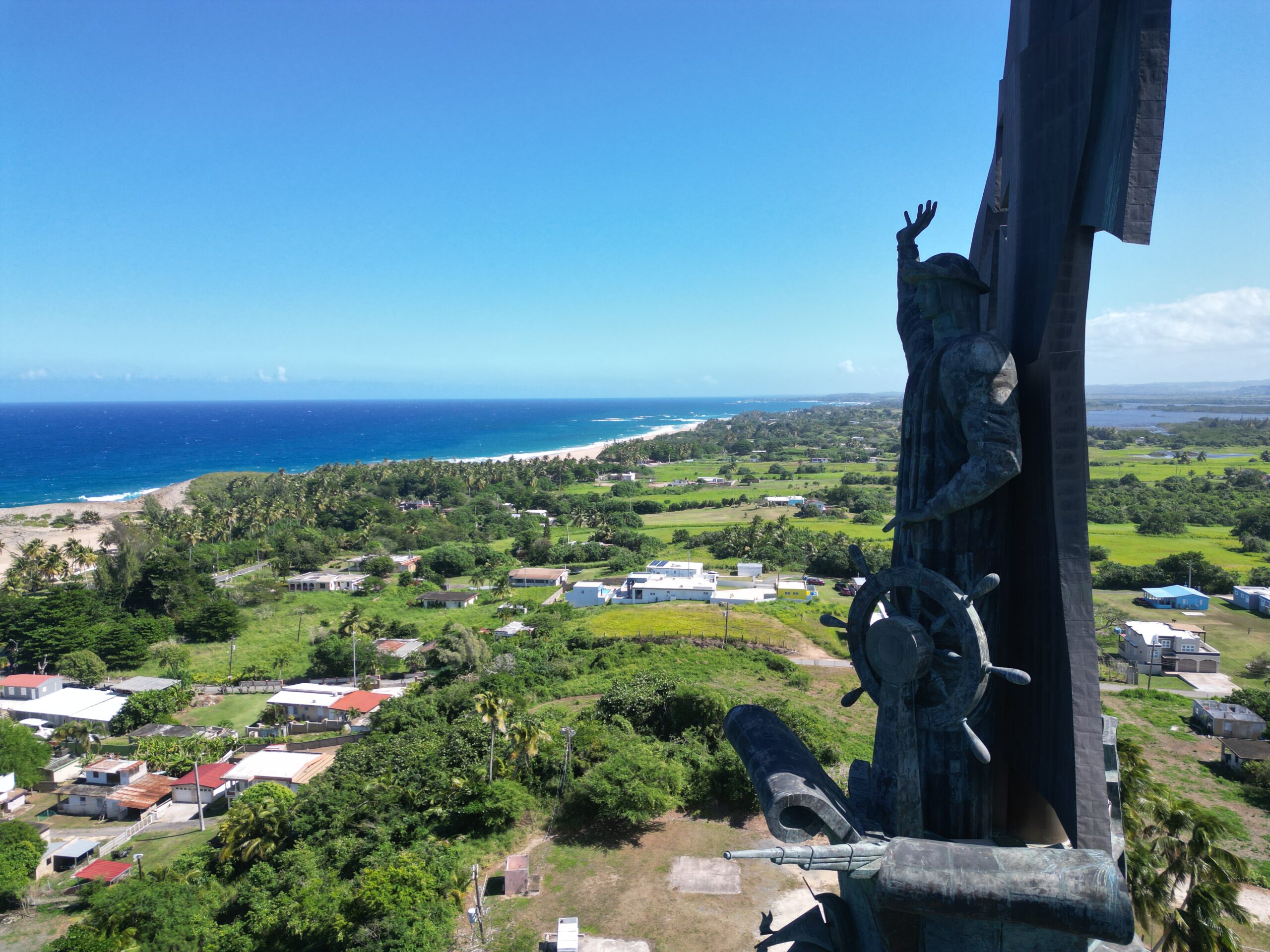
Continuing west from Manatí, if you take the longer route to follow the coast, you’ll pass a massive statue of Christopher Columbus that is bigger than the Statue of Liberty. It’s in a rather remote location and the gate to get to the foot of it is always locked when I visit. When driving along Highway 681 it is clearly visible. Try going here to see the statue.
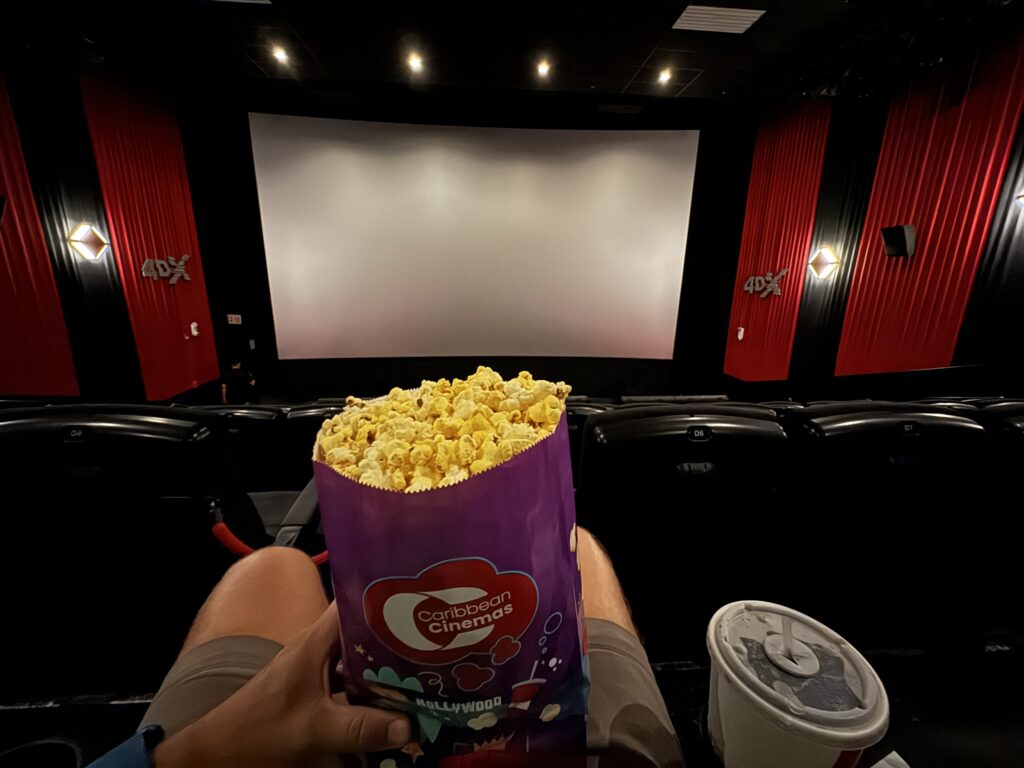
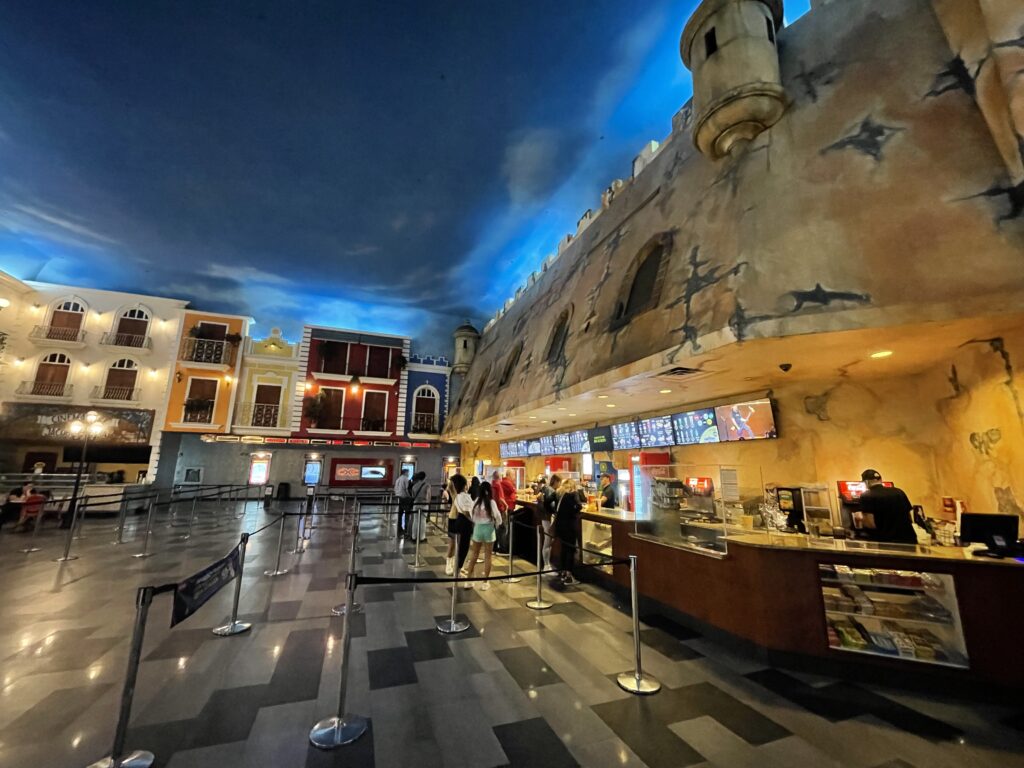
El mejor entretenimiento en el mejor ambiente, Caribbean Cinemas! That slogan will always be fixed in my memory. I love this movie theater chain. It’s the only option on the island, but they do a great job. The lobby pictured in Plaza Las Americas wowed me when I walked in. There are a few locations that offer 4D movies, if you haven’t experienced one before, you need to try it, they’re a lot of fun! The 4D experience includes seat movement, aromas being released, compressed air being blown at you, water being sprayed, and smoke machines, all choreographed with what is happening in the movie. There are a couple of “VIP” locations as well that have nice seats and a full restaurant in the lobby. Two “Fine Arts” locations in San Juan show indie films and events like opera and ballet. Another location offers three full-size screens that partially surround you to immerse you in the experience. One great thing about this chain is the concession stand prices are much less than what you are likely used to.
Events
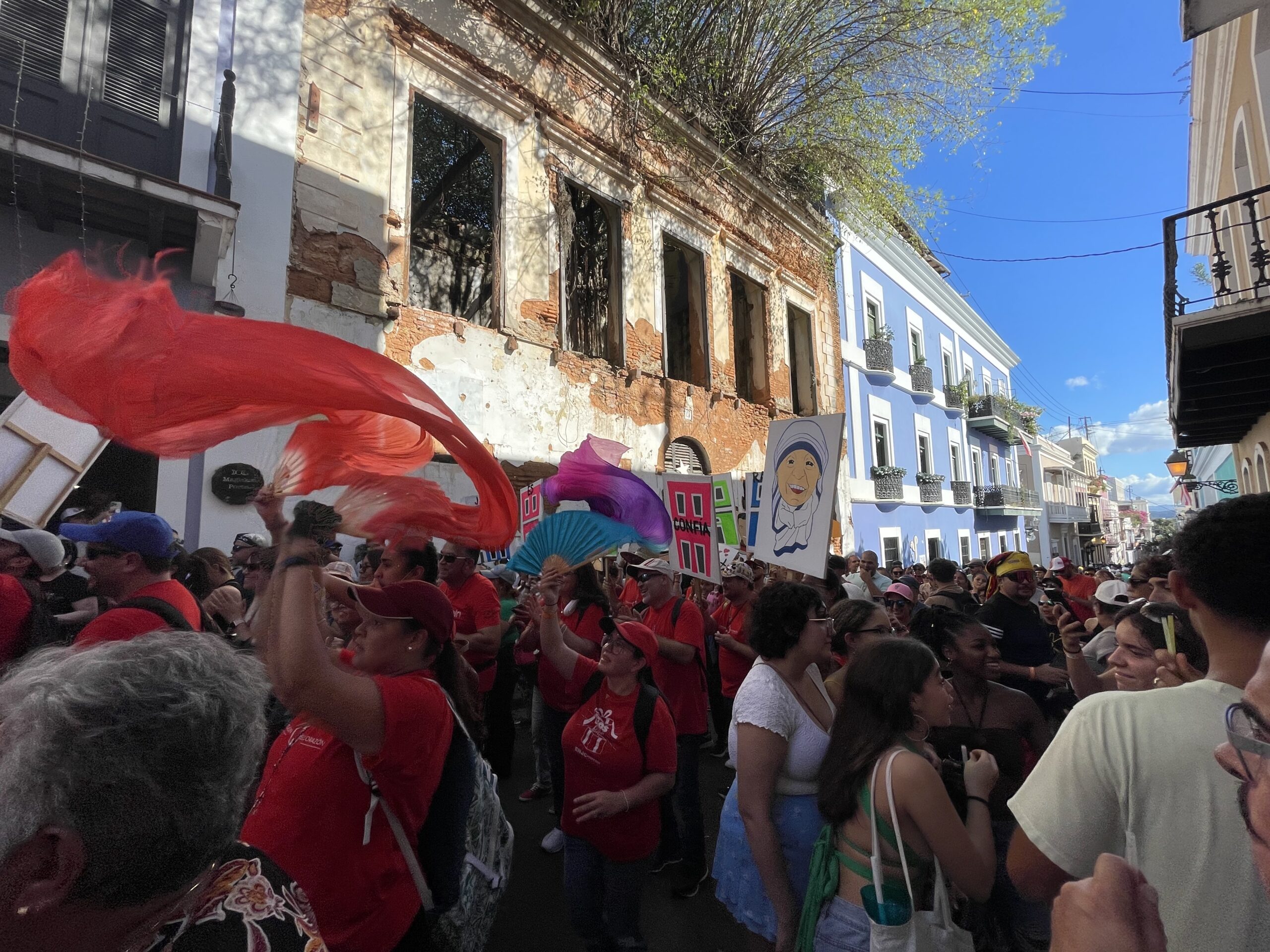
If you’re looking to check out what events are happening when you visit, the best event calendar I have found is from Discover Puerto Rico. It seems like there is always at least one event per weekend. There are many more cultural experiences to explore through this calendar. Check it out here.
Baseball
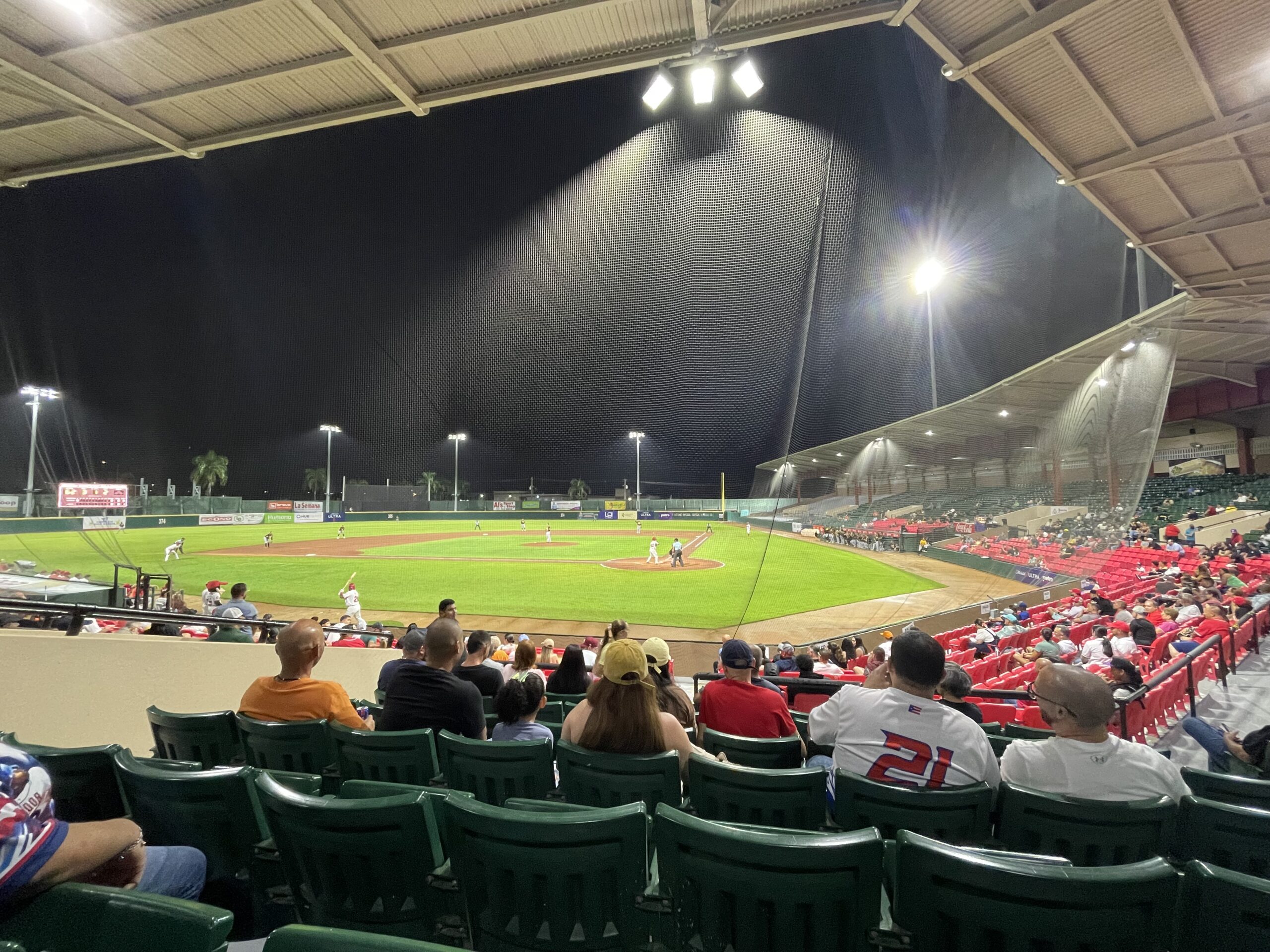
Baseball is the most popular sport in Puerto Rico. Driving around the island, you’ll come across quite a few baseball diamonds. As far as I can tell, there are two local leagues. I am familiar with the LBPRC. There are six teams in the league. The season starts in November. I live in Caguas, so of course I’m a fan of the Caguas Criollos.
